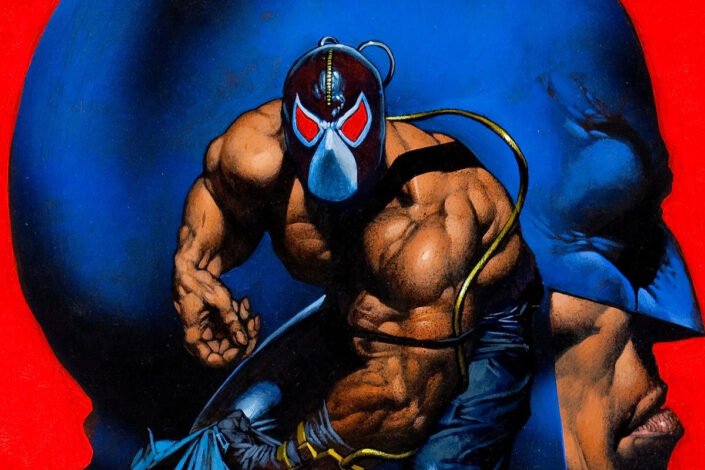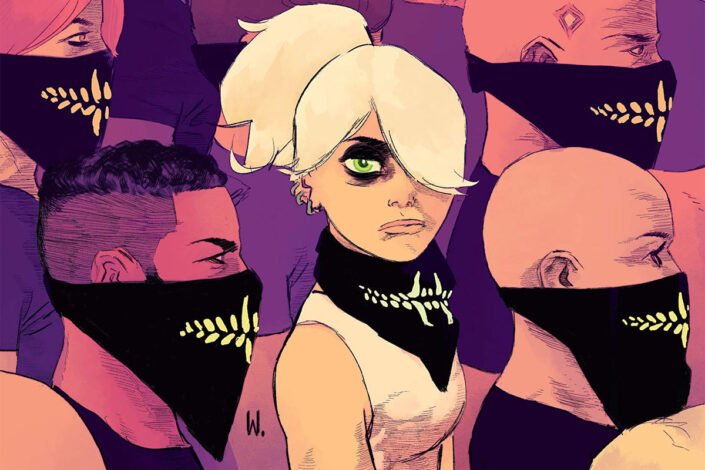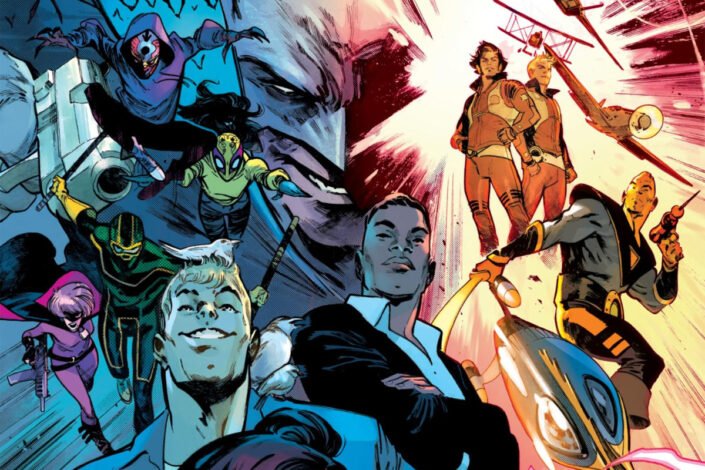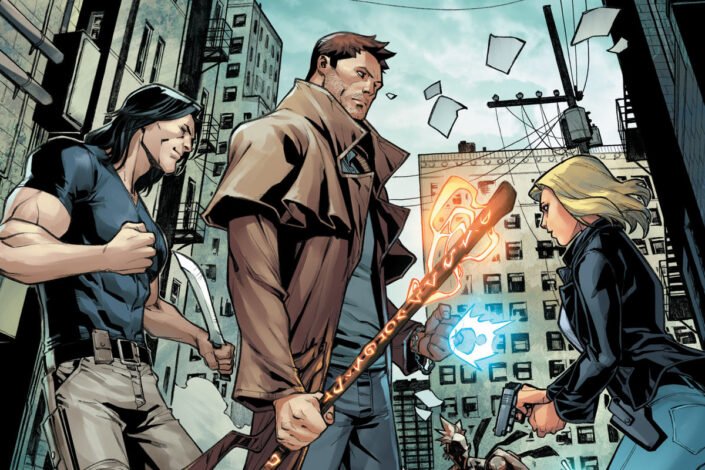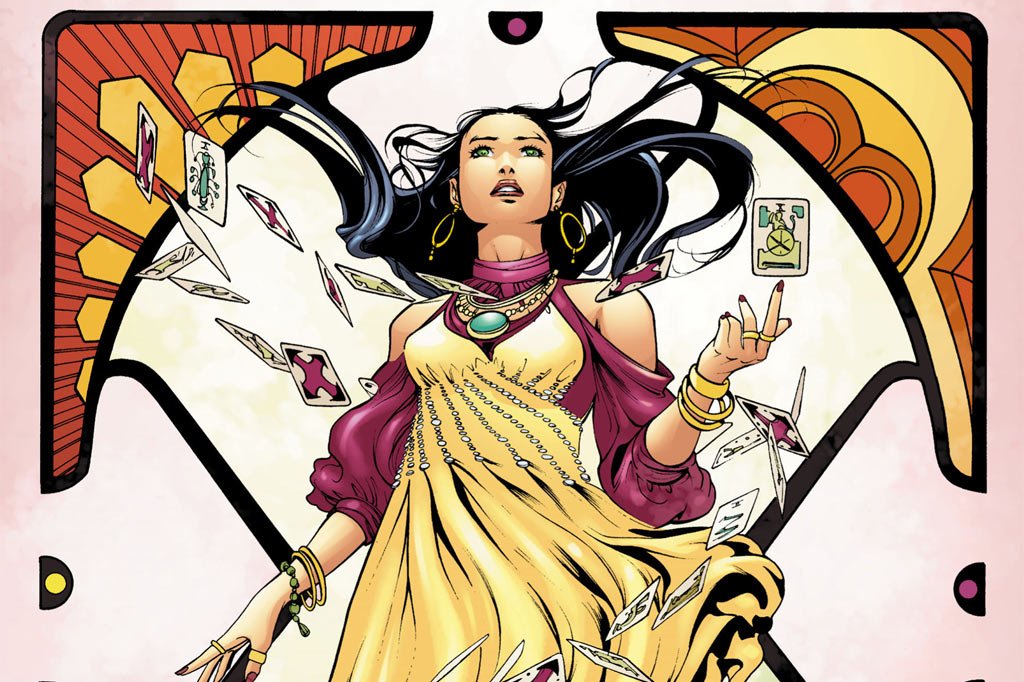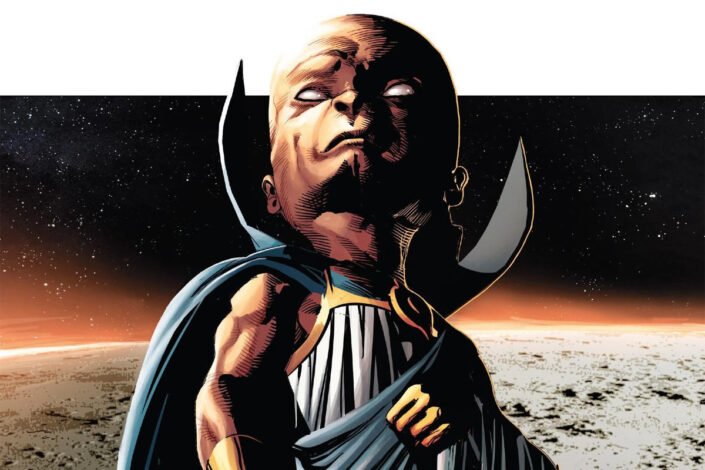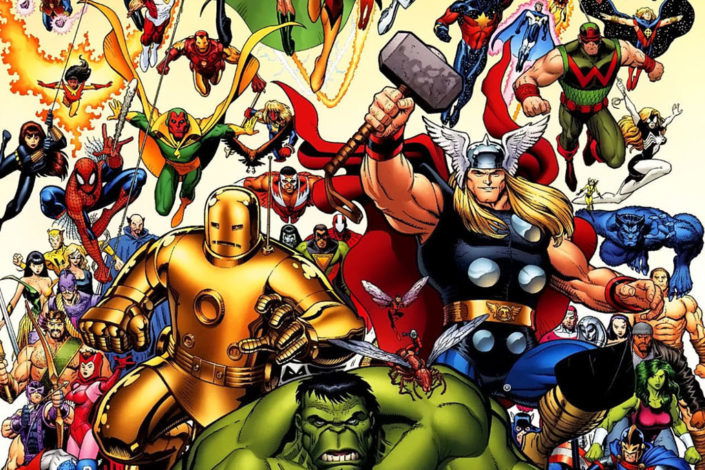Bane, The Supervillain Who Broke Batman’s Back
Unlike some of the most iconic members of Batman’s rogues gallery like Joker and Penguin, Bane is a fairly modern creation, if you consider that thirty years may still be considered recent in the world of the Dark Knight. This international masked criminal debuted in Batman: Vengeance of Bane #1 (January 1993). He was created by writer Chuck Dixon and artist Graham Nolan, but the original idea for the character came from Batman editor Dennis O’Neil.
Bane: Batman’s Back Breaker
O’Neil had the idea of introducing a new Batman and the concept of the long Knightfall storyline. He wanted a new version of the character who could challenge the readers’ expectations. He wanted a Batman who could kill (so, not Nightwing). This is why Azrael was created. He was going to be the replacement. With a new Batman, a new villain was also introduced–especially after the idea of using KGBeast was forgotten, the fall of the Soviet Union apparently made him irrelevant.
Originally named Doc Toxic, Bane was always a Venom addict–a drug introduced by O’Neill in Legends of the Dark Knight #16-20. He was thought of as being Batman’s equal on multiple levels. Chuck Dixon added a touch of the Man in the Iron Mask, and introduced a tragic origin story, making him a “prisoner from birth,” to offer a kind of parallel with Bruce Wayne’s childhood trauma. It was Graham Nolan though who had the idea for the mask, giving him a Mexican Luchador look.
Bane came onto the scene with a plan to push Batman to his limits and, when the moment came, he confronted him and famously broke his enemy’s back.
